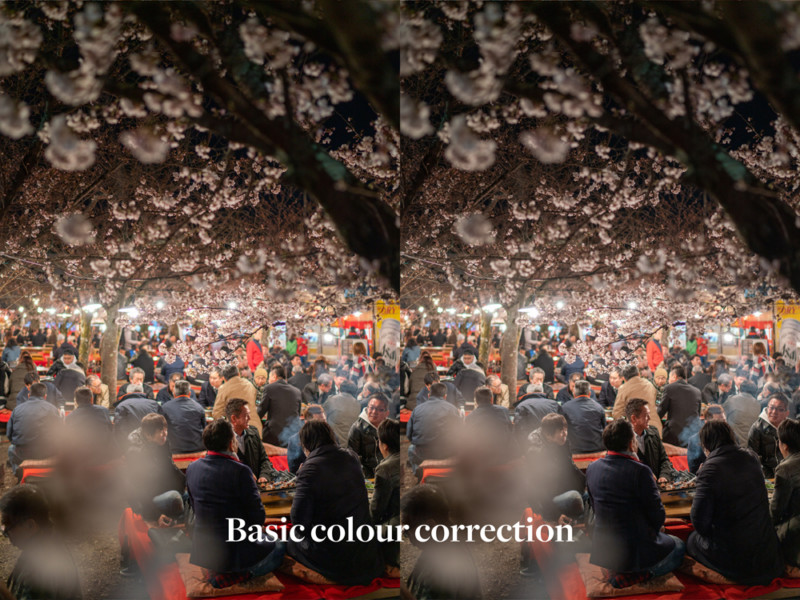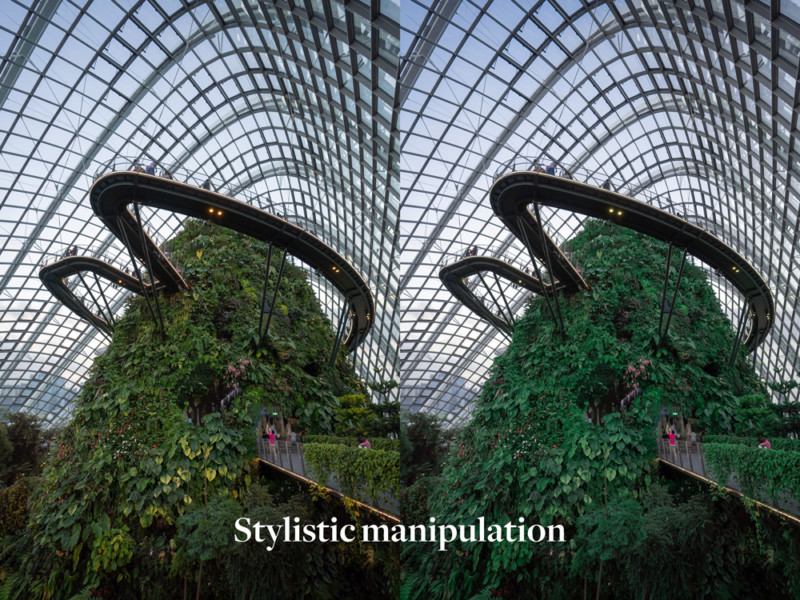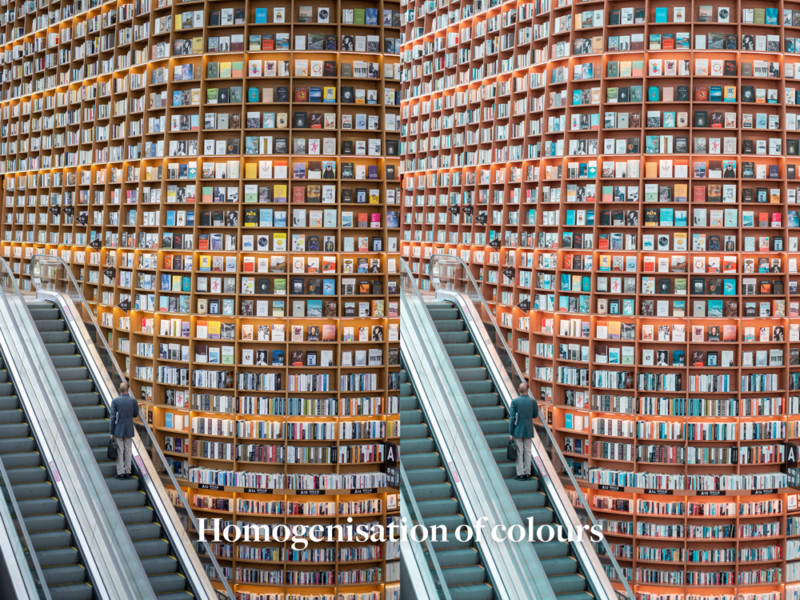One of the most misunderstood tools in Adobe Lightroom is the Calibration tool. This is kind of a shame, because it’s also one of the most powerful tools available to us as photographers, both from a correction perspective and a creative perspective.
The Calibration tool is incredibly powerful but I find that so few photographers use it, and that seems to be based on a fundamental misunderstanding of what the tool is designed to do. So what is it, really?
To answer that, we first have to talk about “color science.”
Well, you know when people say “Canon’s skin tones are better,” or that Sony’s are more “true to life,” or that Fujifilm’s skies are “too blue?” These comments are about the end result, but what does this truly, deeply, mean when we try to peel back what’s going on under the hood there?
See, every pixel has a mixture of red, green, and blue. But stop here for a second and think: how does a shade of blue get determined? What shade is it? That is to say, what mixture of red, green, and blue make up that particular shade of blue? And then is that particular shade of blue the same as a different camera manufacturer’s blue?
No, it’s not.
When people say “I like Canon’s skin tones,” what they’re actually saying is that they like that Canon puts more saturation in its red pixels, making the way its cameras portray skin have a little bit more pop, even if it’s at the expense of other colors in the image. This is of course subjective and up to the opinions of the photographer to determine what they think is best.
Well, color science is simply the interpretation of that color by a given manufacturer. When people say they love the cinematic Sony “Venice Look” they’re saying that the combination of reds, greens, and blues in each and every individual color gives a specific look and feel that they like. That’s what is happening every single time you press the shutter, RAW, JPEG, or whatever. You’re baking in the camera manufacturer’s opinion of what their set of “colors”, or their “color science” is.
The Calibration tool, then, is a tool in Lightroom used to change those values. To change the mixture of red, green, and blue within each pixel to something that might suit the scene, or the lighting conditions, or even your own personal stylistic vision a little better. When used correctly, the Calibration tool can give you the Canon look without having to use a Canon camera, for example.
You can use the Calibration tool to remove color cast from images without removing that color from objects that actually need to be that color. For example, below I removed the yellow color cast without removing the yellow from the sign on the right side of the image.

You can also use the Calibration tool to make major stylistic color changes. For example, you can take all the tones of green and yellow and turn them all into shades of green. Do you always want to do this? Not necessarily, but this is an example of how, artistically, you can make that choice.

In this next example, this image will give you an idea of how I personally have been styling my images for the last several years. I try to go for not a teal or orange look, but more of like a cobalt blue, orangey kind of feel. In the image, you can see a wall of books that have a whole bunch of different colors. My goal is to homogenize all these colors into a couple of colors like blue or orange using the Calibration tool.

A common misconception with the Calibration tool is that it’s just another way to adjust photos as you find with the hue slider when in fact it is a very different tool, and hopefully, in my video above where I go through each of these examples in detail, you will see why.
About the author: Pat Kay is an award-winning travel photographer and multi-disciplinary content creator based in Sydney, Australia. With a passion for travel and adventure, Kay specializes in exploring the contrast between nature and urban, through landscape, cityscape, aerial, lifestyle, and street photography. He has worked with many of the world’s top brands such as Sony, Adobe, Microsoft, Samsung, Nike, Adidas, Ford, Toyota, Lexus, DJI, Razer, Instagram, and more. For more from Kay, follow him on Instagram and subscribe to his YouTube Channel.